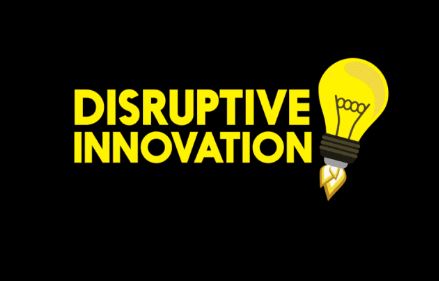In today’s hyper-competitive and rapidly evolving business landscape, the age-old adage “innovate or die” has never rung truer. The business world is in a constant state of flux, with disruptive forces reshaping industries and markets at an unprecedented pace. To thrive, organizations must not only embrace innovation but also make it a core part of their DNA. In this article, we’ll explore why innovation is no longer an option but an imperative for survival and success.
The New Normal: Constant Disruption
Innovation has always been a driver of progress, but in recent years, it has taken on a new level of urgency. The digital revolution, the rise of startups and disruptors, and shifting consumer expectations have combined to create an environment where disruption is the norm rather than the exception. Consider these key factors:
- Technological Advancements: Breakthroughs in technology, including artificial intelligence, machine learning, blockchain, and IoT, are transforming industries. Businesses that fail to adopt these innovations risk falling behind.
- Changing Consumer Behavior: Consumers today are more informed, connected, and demanding than ever. They expect personalized experiences, seamless digital interactions, and sustainability-conscious products and services.
- Globalization: Increased connectivity and global markets mean that competition can come from anywhere in the world. Companies must continuously innovate to stay competitive on a global scale.
- Startups and Disruptors: Startups armed with innovative ideas and agile business models can quickly disrupt established industries. Companies must be prepared to respond or collaborate with these disruptors.
The Innovation Imperative
So, what does this mean for businesses? It means that innovation is no longer a luxury—it’s a necessity. Here’s why:
- Competitive Advantage: Innovation sets businesses apart from their competitors. It allows organizations to offer unique products, services, and experiences that attract and retain customers.
- Adaptability: Innovators are better equipped to adapt to change. When disruptions occur, they can pivot, adjust, and even leverage disruptions to their advantage.
- Revenue Growth: Innovation often leads to the development of new revenue streams. Whether it’s through new products, services, or markets, innovation can fuel growth.
- Cost Efficiency: Innovative processes and technologies can lead to cost savings and operational efficiencies, improving the bottom line.
Embracing a Culture of Innovation
To thrive in this dynamic landscape, organizations must cultivate a culture of innovation. Here’s how:
- Leadership Commitment: Innovation starts at the top. Leaders must champion innovation, allocate resources, and set the tone for experimentation and risk-taking.
- Cross-functional collaboration: Encourage collaboration across departments and teams. Innovative ideas often arise when diverse perspectives come together.
- Continuous Learning: Invest in the development of your workforce. Offer training, workshops, and opportunities for employees to explore new technologies and methodologies.
- Customer-Centricity: Stay close to your customers. Understand their needs, preferences, and pain points. Innovation should be driven by solving customer problems.
- Fail Forward: Encourage a willingness to take calculated risks and learn from failures. Not every innovation will succeed, but each failure brings valuable lessons.
Innovate or Perish
Innovation is no longer a choice—it’s a survival strategy. Businesses that fail to innovate risk obsolescence, while those that embrace it are poised for growth and long-term success. The business landscape will continue to evolve, and disruptive forces will persist. The question is, will your organization be the disruptor or the disrupted? The choice is yours, but the imperative is clear: disrupt or be disrupted.





Leave a Reply